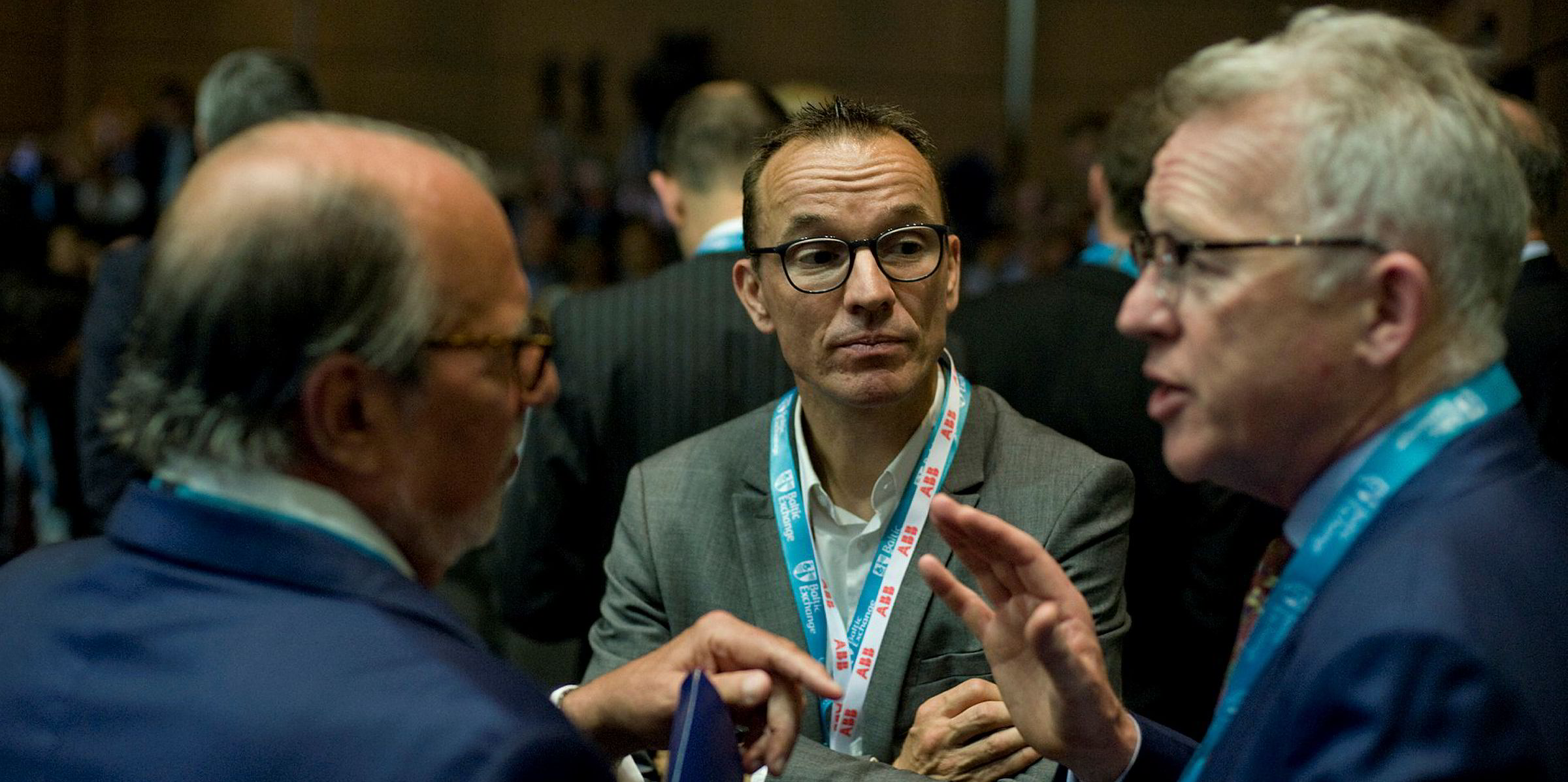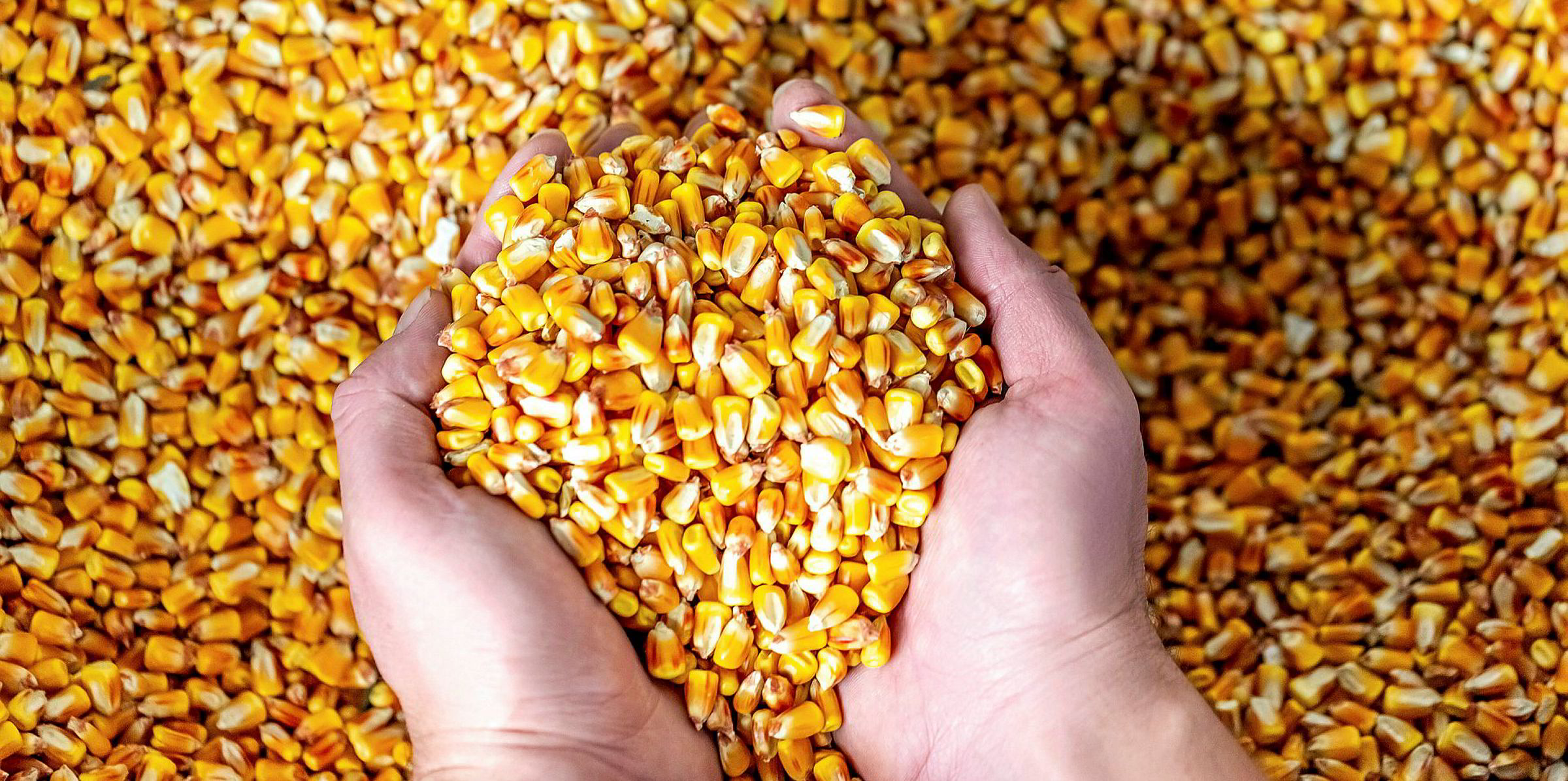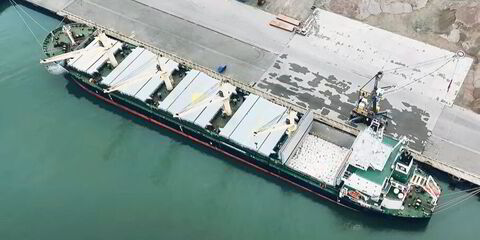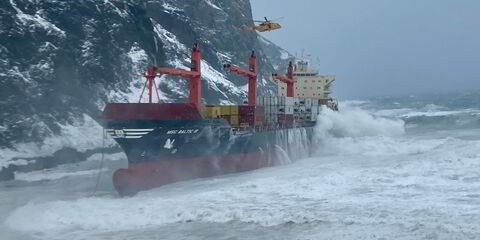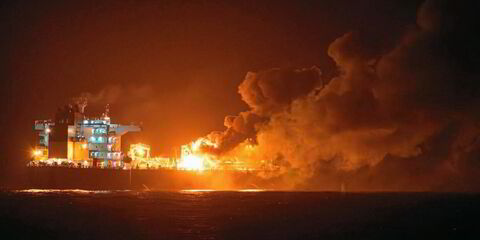COFCO International, one of the world’s largest bulker charterers, has revealed what it describes as its eco charter strategy, while predicting a soft freight environment ahead.
With tightening environmental regulations, the international trading arm of Chinese state-owned food giant COFCO Corp has been keen for fuel-efficient tonnage in its fleet of chartered-in vessels.
“We try to have eco-vessels in our fleet for economical and environmental reasons,” global head of freight Alessio La Rosa tells TradeWinds in his first media interview.
Of the 50 ships that COFCO International typically has on time charter, about 30 are newbuildings or tonnage aged no more than three years, according to La Rosa.
The company generally prefers period lengths of between six and 24 months. Still, roughly 10% of its chartered tonnage is leased from Japanese or Chinese owners for five years or more. Those deals are generally linked to newbuilding projects, he says.
“[Our] newbuildings have been delivered since end-2017 ... We have at least another seven to eight newbuildings to go, mostly kamsarmaxes” up until the middle of next year, he adds.
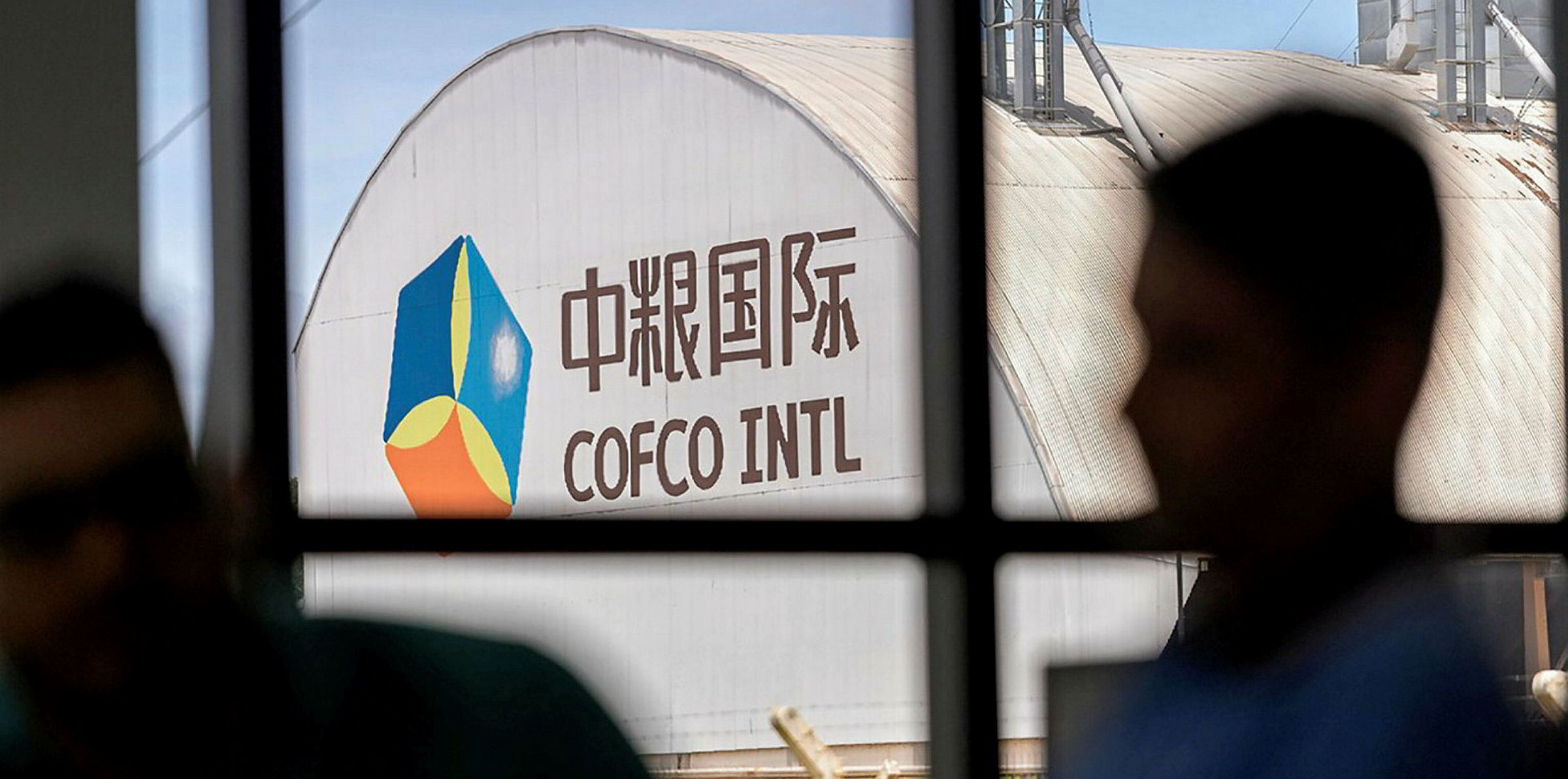
Global sulphur limits for marine fuel are to be lowered from 3.5% to 0.5% from January, but vessels with exhaust gas cleaning systems can continue using higher-sulphur bunkers.
Based on a forecast $200-per-tonne discount on 3.5%-sulphur fuels compared with lower-sulphur grades, La Rosa estimates a scrubber-fitted kamsarmax bulker can save fuel costs of $2,700 per day, which implies a payback period of about 18 months for scrubber installation.
He suggests the premiums COFCO International is paying for the newbuildings compared with vessels without scrubbers might be smaller than the predicted fuel-cost savings. “We are not sponsoring the entire costs of the scrubbers.”
COFCO International was founded in 2014 by COFCO Corp, the state-owned conglomerate that dominates China’s food markets.
With its parent group’s ambition of building a global powerhouse, the trading arm has acquired Nidera and Noble Group’s agribusiness. While often tasked with securing China’s strategic food supplies from overseas markets, COFCO International has also been expanding its third-party international trading business.
According to global head of freight Alessio La Rosa, who joined the company from Noble, COFCO International charters 2,000 vessels to ship 50 million tonnes per year. Of that volume, 80% is in-house grain business, while the rest is third-party cargoes that include coal, iron ore and agricultural products.
With its headquarters in Geneva — the world’s grain trading centre — COFCO International charters mainly panamaxes and supramaxes for grain shipments. It also leases a small number of capesizes to read the overall market conditions better, La Rosa says.
The freight team has a staff of 45. The commercial personnel are based in Geneva and Singapore, while operational staffers are in Istanbul.
For the moment, COFCO International is focusing more on short-term charters than long-term deals, as newbuilding investments do not seem viable.
“There is a mismatch between FFA [forward-freight agreement] levels and asset prices,” La Rosa says. “The entire market [for long-term deals] has stopped.”
For example, Clarksons assesses the newbuilding cost of a kamsarmax at $28m. However, with FFA values fluctuating around $9,000 per day this month, La Rosa says it would only be justified to build such a ship in the “low $20m” range.
Despite limited newbuilding demand, shipbuilders have been maintaining prices at current levels as they face high steel costs and have been requested by their lenders not to take loss-making orders.
“Usually we will go in the end of the year, because yards will need to start to sell vessels then. They need to become more realistic,” La Rosa says.
Underperformed expectations
The dry bulk markets have underperformed expectations this year, with low Chinese coal imports and disruptions in Australian and Brazilian iron ore exports.
While the start of the South American grain export season has supported earnings of panamax and supramax vessels — the segments COFCO International focuses on — La Rosa remains unconvinced about the overall market strength.
“The fact is freight markets are mainly depending on iron ore and coal,” he points out. “That’s why we are not too bullish. And when you look at grain demand … it’s likely decreasing.”
Clarksons has predicted falling wheat exports from Russia this year, while Australian supply remains subdued. As for soybean, Chinese imports have been hit by lower domestic requirements for animal feed as an outbreak of African swine fever devastates the national pig herd.
Customs data shows that China — the world’s largest soybean consumer — imported 16.76 million tonnes in the first quarter, down 14.3% year on year.
La Rosa expects Chinese soybean imports to fall to between 85 million and 90 million tonnes in the 2018-2019 marketing year, down from 100 million tonnes in the previous year.
Since imposing a 25% tariff on soybean imports from the US last July, China has increased shipments from Brazil at the expense of American farmers.
With Beijing and Washington expected to reach a resolution in their trade dispute soon, many market participants think Chinese purchases of US soybean will return to normal levels from next winter.
While predicting that Brazilian exports to China could fall by 10 million tonnes, La Rosa suggests Argentina could be the winner, rather than the US.
“Brazilian [supply] will come a lot down ... but in favour of Argentina. Argentina last year exported a lot less because of drought.”
This year, he says, Argentinian exports are expected to bounce back.(Copyright)

